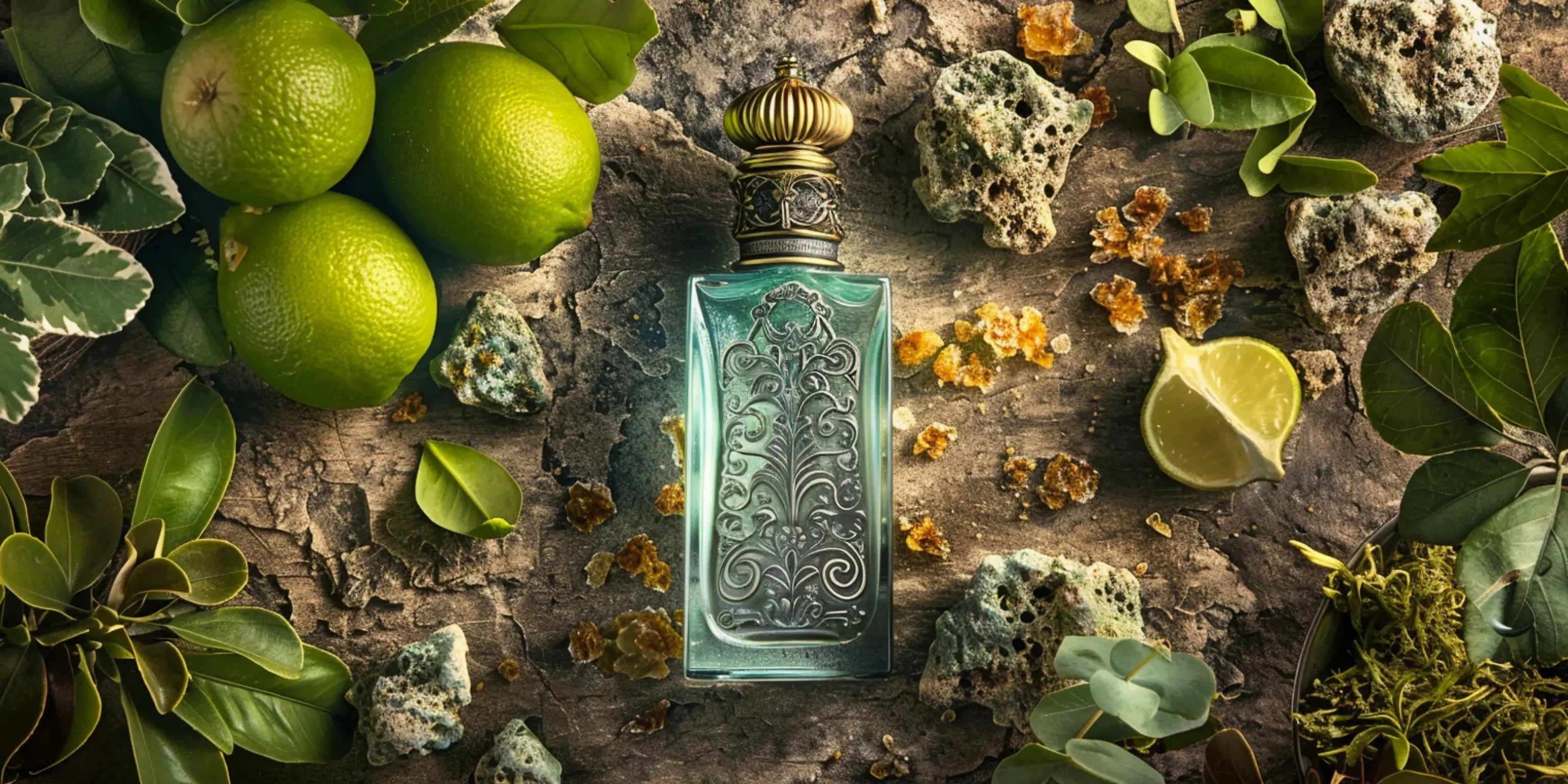
Chypre Perfumes: Mediterranean Elegance in a Bottle
What Are Chypre Perfumes?
Chypre perfumes (pronounced [ʃipʁ]) are one of the most traditional and character-rich fragrance families in perfumery. The term "Chypre" is French for "Cyprus"—a nod to the Mediterranean origin of many ingredients used in this genre.
Chypre fragrances are known for their refined structure, typically consisting of a fresh, citrusy top note (often bergamot), a dry, warm heart (commonly with labdanum or rose), and an earthy, mossy base (traditionally oakmoss and patchouli). The contrast between brightness and depth makes them especially captivating—elegant, dry, and often mysterious.
Origin and History of the Chypre Family
Although similar compositions existed in the 19th century, 1917 is considered the official birth of the modern Chypre style. That year, legendary perfumer François Coty launched the fragrance “Chypre,” which became the namesake for an entire family of scents. Many of its ingredients were sourced from the Mediterranean—like Calabrian bergamot, Spanish labdanum, and Balkan oakmoss.
Coty’s “Chypre” was the first to clearly define this bold structure, and it soon became a landmark creation. In the decades that followed, many famous perfume houses developed their own Chypre interpretations based on his concept.
Character and Composition
The classic Chypre accord is built on:
- Top note: Fresh citrus fruits, mainly bergamot
- Heart note: Floral or resinous notes like rose, jasmine, or labdanum
- Base note: Oakmoss, patchouli, vetiver, or amber
This structure gives Chypre perfumes a sophisticated complexity and elegant backbone. They rarely come across as sweet or heavy—instead, they are often dry, refined, and understated. Their layered nature makes them timeless and intellectually appealing.
Modern Variations and Subfamilies
The Chypre structure has evolved over time, giving rise to a variety of subcategories, including:
- Fruity Chypres (with peach, plum, or berries)
- Floral Chypres (with rose, iris, or jasmine)
- Green Chypres (with galbanum, ivy, or violet leaf)
- Woody Chypres (with cedarwood, sandalwood, or vetiver)
- Leather Chypres (with smoky, animalic nuances)
These modern interpretations have brought new life to the Chypre genre—making it appealing again to both women and men. Many niche perfumes explore bold Chypre variations, often blended with musk, oud, or exotic fruits.
Chypre Today: Synthetics and Creative Freedom
Oakmoss was once one of the most valued natural ingredients. Today, due to allergen regulations, it is usually replaced with synthetic alternatives. This shift has allowed perfumers to explore new nuances while preserving the distinctive Chypre character.
Chypre Compared to Other Fragrance Families
Alongside Chypre, major perfume families include Fougère, Oriental, Gourmand, and Floral. While Oriental fragrances tend to be sweet, spicy, and rich, Chypres are elegant, dry, and discreet—perfect for lovers of complex, less overt compositions.


